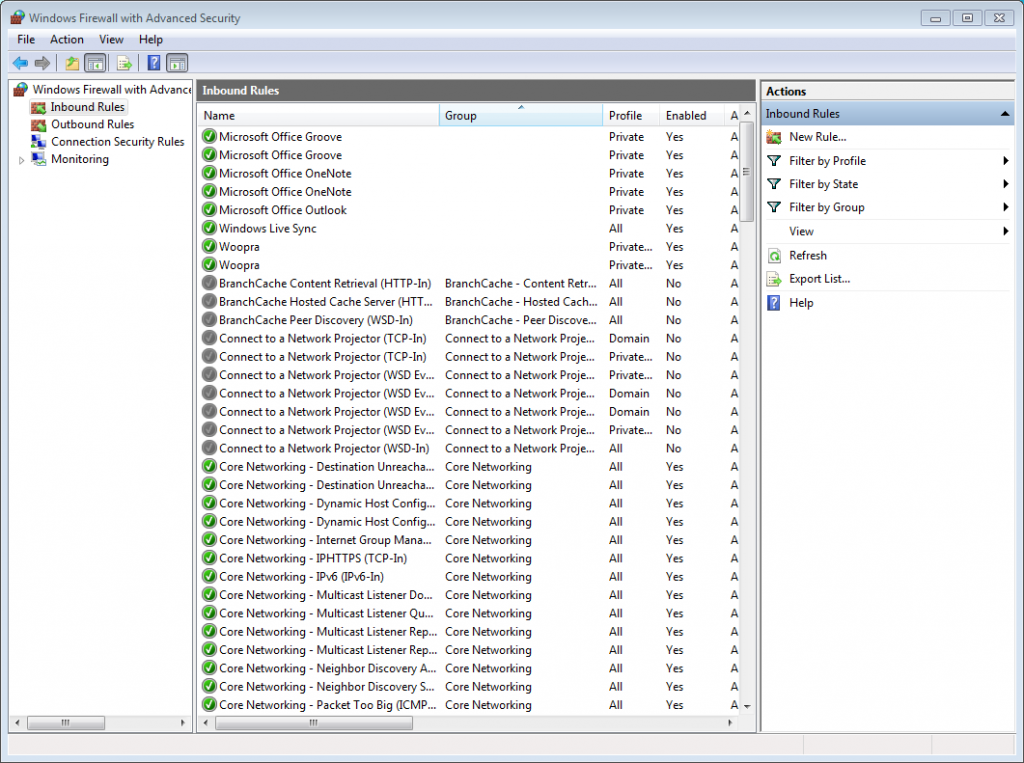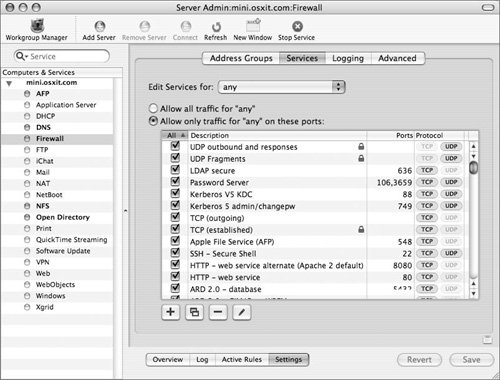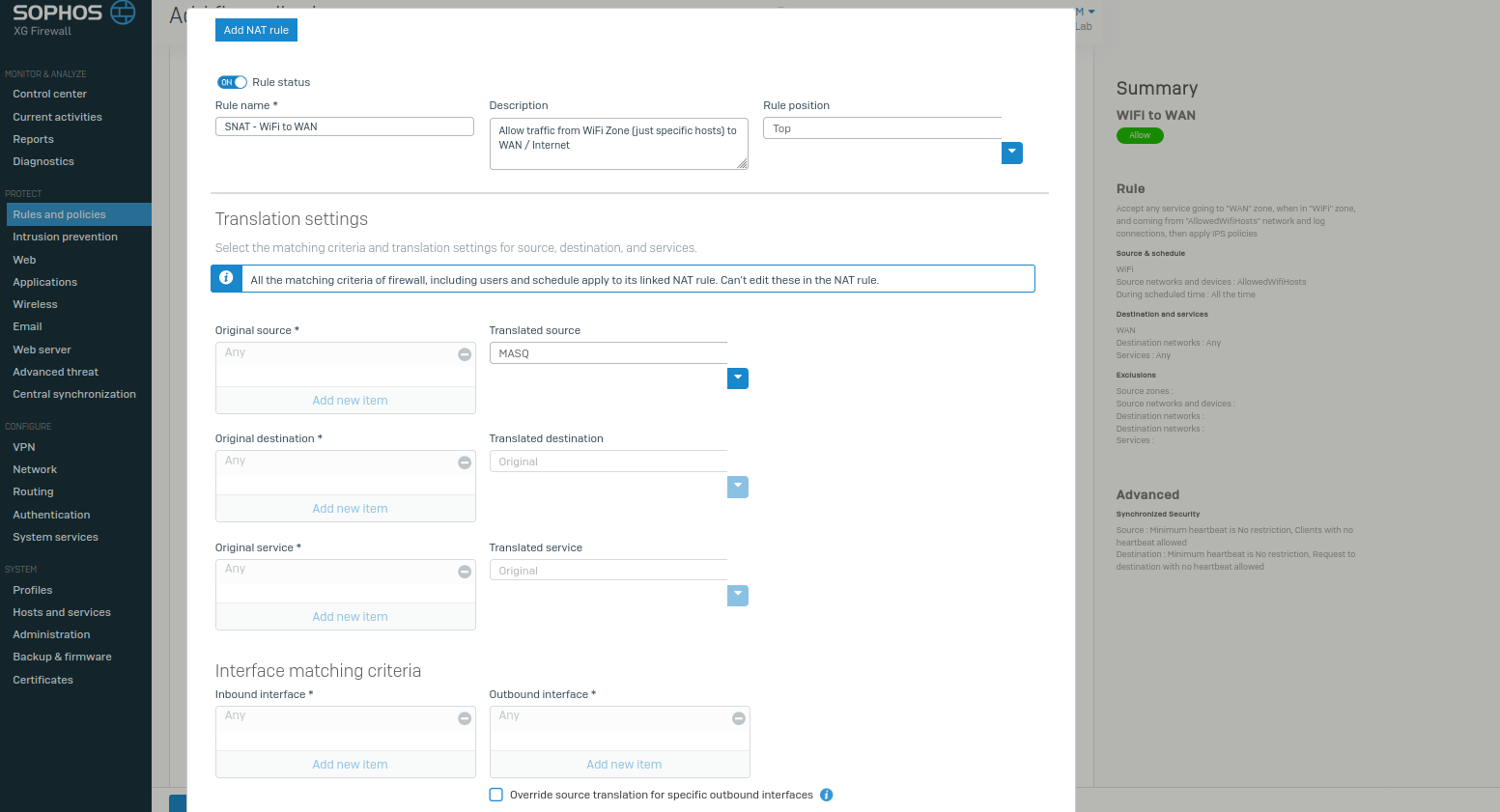
- ADD NEW RULES TO MAC OS FIREWALL WINDOWS 10
- ADD NEW RULES TO MAC OS FIREWALL PASSWORD
In this example, I want to create a rule in which I will block the connection of Microsoft Edge browser. The Rule Type window is shown in the following image: You can select any rule type according to your needs. The Custom type allows you to create a combination of Program and Port rules.
ADD NEW RULES TO MAC OS FIREWALL WINDOWS 10
The Predefined type lets you use a built-in Windows 10 rule. The Port type lets you block or unblock a port number.

The Program type lets you block or unblock a program. In this example, I will create an Outbound Rule so I will click on the Outbound Rule option.Īs soon as you will click on it, the interface of the screen will change as shown in the image below:Ĭlick on the New Rule option from the extreme right pane of the window as highlighted in the image shown above.Īfter clicking on it, you will be asked to select a Rule Type.
Now click on the Advanced Settings as highlighted in the image shown below:Īs soon as you will click on it, the Windows Defender Firewall with Advanced Security window will appear on your screen as shown in the following image:Ĭlick on any of the Inbound or Outbound Rules according to the kind of rule that you want to create as highlighted in the image shown above. The newly opened Control Panel window is shown in the following image:Ĭlick on the Windows Defender Firewall tab as highlighted in the image shown above. Type control panel in the search section of your taskbar and click on the search result in order to launch the control panel window. In order to create advanced Firewall rules in Windows 10 Firewall, you will need to perform the following steps: Creating Advanced Firewall Rules in Windows 10 Firewall We have also a guide on enabling PING requests only. In this article, we will explain the method you can use to create advanced firewall rules in Windows 10 Firewall. However, you can also create your own advanced rules in Windows Firewall. Usually, Windows Firewall has a predefined set of rules according to which it allows or restricts access to certain programs. When enabled, the firewall blocks any unwanted websites or advertisements that can harm your computer system in any way. All other tradenames are the property of their respective owners.The firewall is the security defender of Windows operating systems. WatchGuard and the WatchGuard logo are registered trademarks or trademarks of WatchGuard Technologies in the United States and/or other countries. For more information, see Connect from an L2TP VPN Client. If you want to connect to the non-default authentication server, specify the authentication server in the Account Name text box. Select the VPN connection you created in the Network dialog box.Īfter the VPN connection is started, the Connect button changes to Disconnect. For more information, see About Mobile VPN with L2TP User Authentication. ADD NEW RULES TO MAC OS FIREWALL PASSWORD
The user name and password are for one of the users you added to the L2TP-Users group. The name of the VPN connection is the service name you used when you configured the L2TP connection on the client computer.
Click Apply to save the configuration changes.  Make sure you have imported the certificate to the client device. For more information, see Import a Certificate on a Client Device. Click Select to select the certificate to use. If Mobile VPN with L2TP on the Firebox is configured to use a certificate as the IPSec credential method:. The pre-shared key must match the pre-shared key configured on the Firebox Mobile VPN with L2TP IPSec settings. In the Shared Secret text box, type the pre-shared key for this tunnel. If Mobile VPN with L2TP on the Firebox is configured to use a pre-shared key as the IPSec credential method:. In the Password text box, type the password of the user. In the Account Name text box, type your user name as it appears in the authentication server that you use for Mobile VPN with L2TP user authentication. In the Server Address text box, type the external IP address of the Firebox to connect to.
Make sure you have imported the certificate to the client device. For more information, see Import a Certificate on a Client Device. Click Select to select the certificate to use. If Mobile VPN with L2TP on the Firebox is configured to use a certificate as the IPSec credential method:. The pre-shared key must match the pre-shared key configured on the Firebox Mobile VPN with L2TP IPSec settings. In the Shared Secret text box, type the pre-shared key for this tunnel. If Mobile VPN with L2TP on the Firebox is configured to use a pre-shared key as the IPSec credential method:. In the Password text box, type the password of the user. In the Account Name text box, type your user name as it appears in the authentication server that you use for Mobile VPN with L2TP user authentication. In the Server Address text box, type the external IP address of the Firebox to connect to. 
These steps use the default configuration. You can use the default configuration or you can create your own configuration.

The settings for the VPN connection appear.
In the Service Name text box, type a name for this VPN connection, such as "L2TP Firebox". From the VPN Type drop-down list, select L2TP over IPSec. In the Interface drop-down list, select VPN. Click the "+" icon in the lower left corner to create a new network interface. In the Apple menu, select System Preferences. To prepare a macOS device to make an L2TP VPN connection, you must configure the L2TP connection in the network settings. You can use the macOS VPN client to make an L2TP VPN connection to a Firebox.








 0 kommentar(er)
0 kommentar(er)
